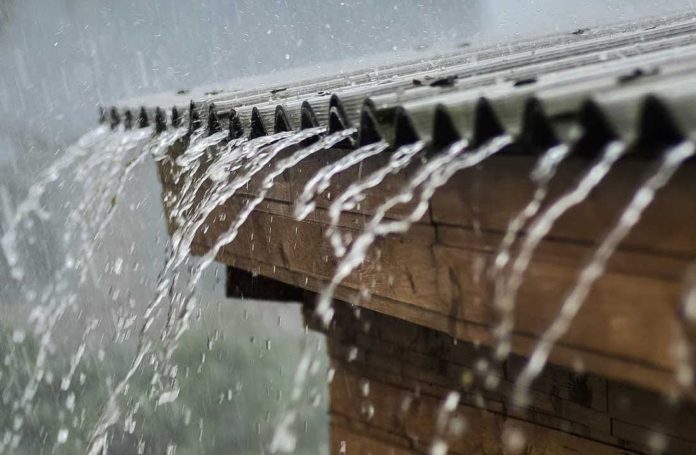
Do you love the sound of the rain pattering on the roof? Does it give you a feeling of joy that the plants in your backyard are being watered by nature?
I’m guessing the resounding answer will be a big YES!
But the irony is that once the rain stops, it’s gone. While some water will soak into the earth, much of it is taken away via drain pipes into rivers and the sea. Because it is clean and natural, it doesn’t have to be treated like gray water from washing machines and dishwashers, and sewerage before it is disposed of. So, why dispose of such a wonderful natural resource?
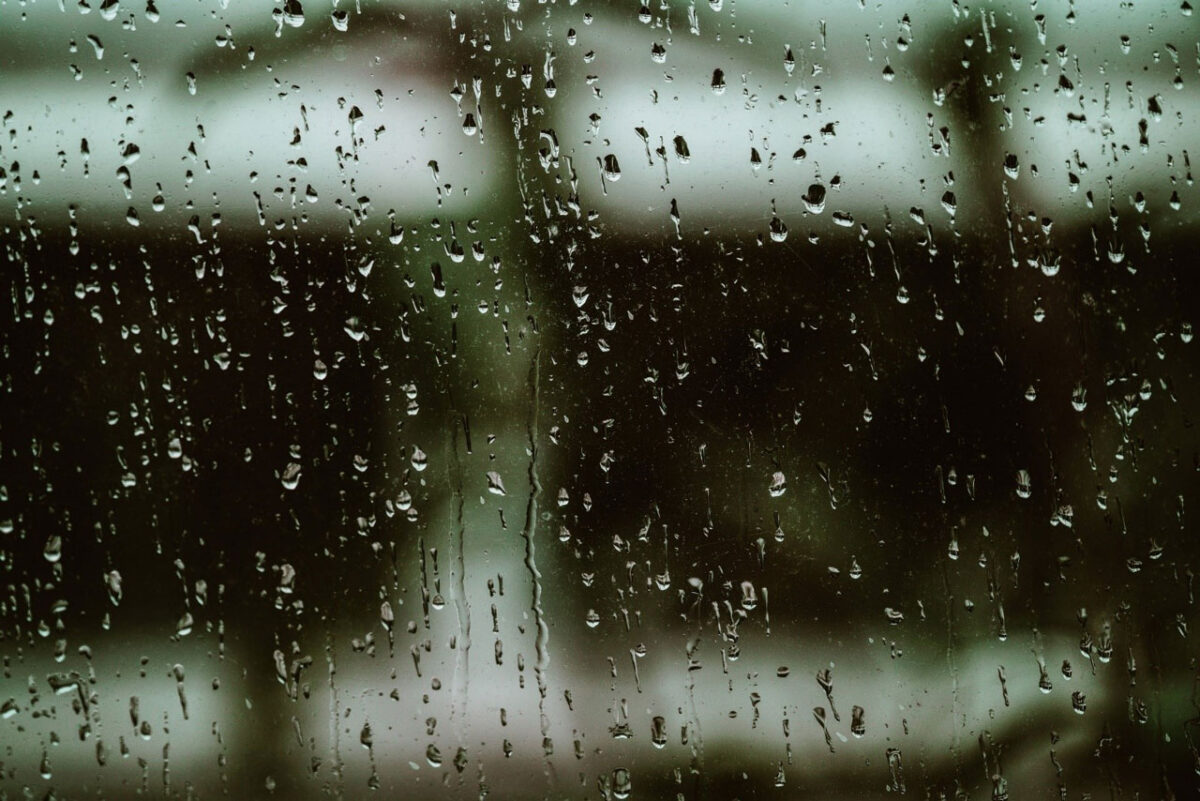
The fact is that rainwater is free and it is remarkably easy to harvest for human use. By exploiting this opportunity, we can reduce our demand for municipal water and reduce our monthly utility bills. We can also help to ensure that demand for water doesn’t exceed supply, which is a real issue in some parts.
While rainwater is clean and pure when it falls from the sky, rainwater can be polluted when it comes into contact with various surfaces including gutters and drainpipes. For this reason, it is generally regarded as non-potable, needing treatment if it is to be consumed.
Of course, the amount of rainwater you can collect will depend on just how much it rains, but with a good rainwater collection system, you will always have water on hand, even in dry seasons.
Using Rainwater in Our Homes
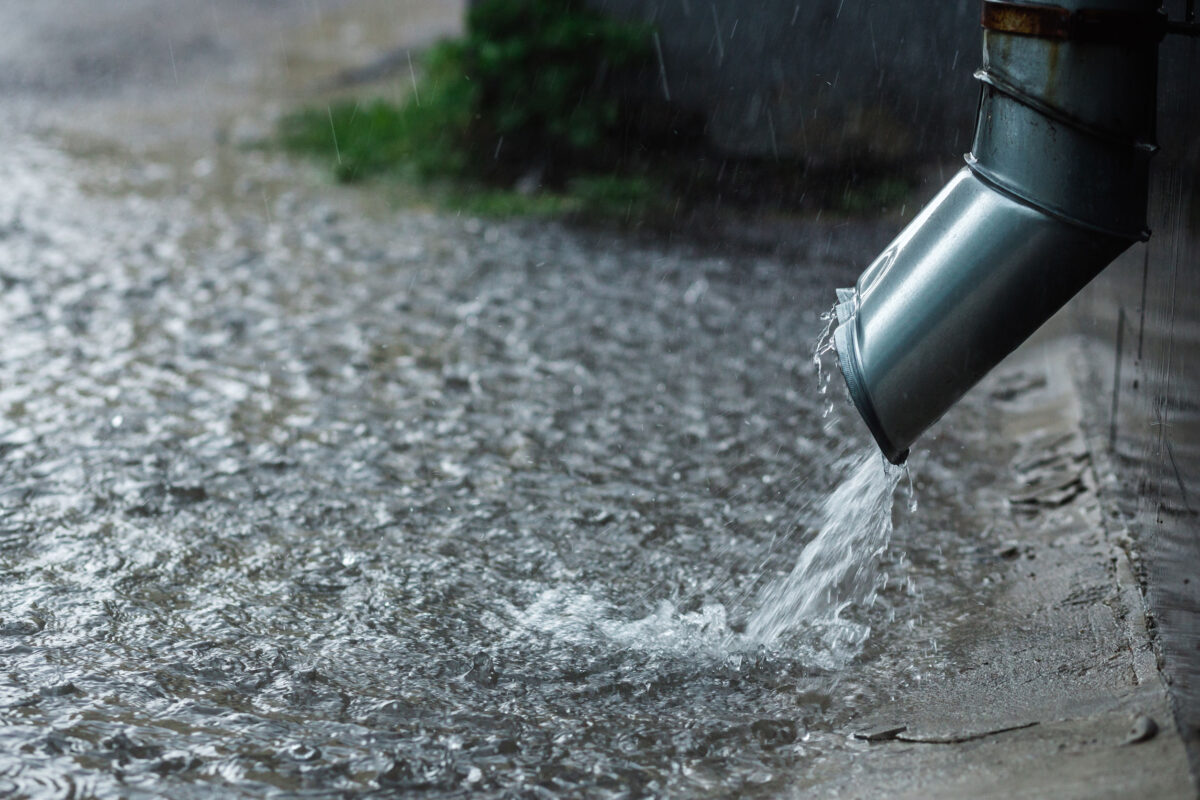
The most common uses of rainwater include irrigation (including hand-watering plants in your yard) and flushing of toilets, neither of which require potable water. It can also be used to fill and refill swimming pools, fish ponds, and fountains, wash vehicles and pets, and washing outdoor surfaces from brick paving to walls. Rainwater is also ideal for the operation of washing machines and dishwashers.
If required for potable (drinking) use, the water will need to be disinfected and properly filtered. That said, there are people who harvest rainwater and drink and cook with it without using filters or chemicals to purify it. If you go this route, it is essential to take steps to prevent any form of contamination. Also, check state regulations because some states only allow the harvesting of rainwater for non-potable uses.
There are regulations in some U.S. states (not all), so it is sensible to get advice from professionals who have experience designing rainwater harvesting systems. For instance, you might contact a company like NY-Engineers that offers plumbing engineering services in Chicago or a specialist rain harvesting installer in New York, depending where you live. Bear in mind that in some states an engineer is required to design the system.
How Rainwater Harvesting Systems Work
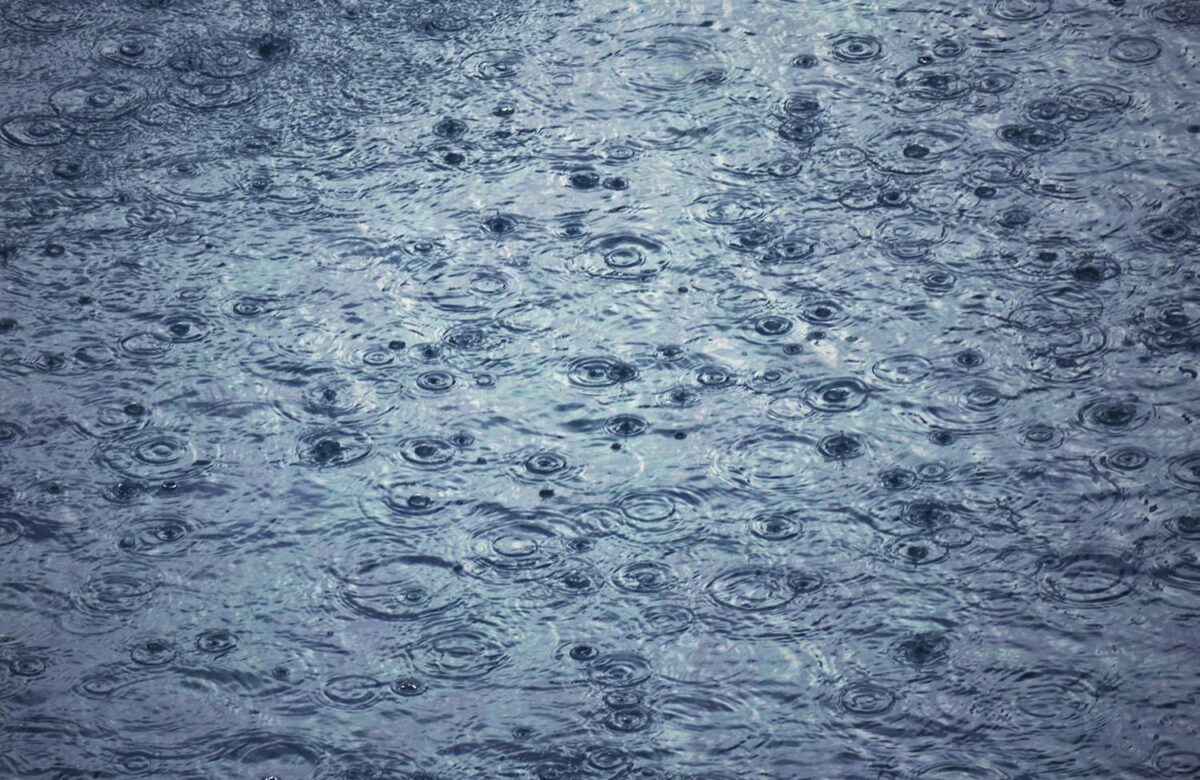
The simplest way to collect or harvest rainwater is to use a relatively small (usually 50-100 gallon) rain barrel that is positioned so that a gutter downspout empties directly into the barrel or another container. You can even use an old bath, though it is preferable to have a container with a lid so that insects don’t pollute the water.
Known as a passive harvesting system, simple rain barrels are easy to install. Basically, all you need to do is cut off the downspout above the top of the barrel and position the end of the spout so the water runs into the barrel. Commercially available barrels are fitted with a tap and hose, which make use of the water equally easy.
Larger water tanks involve connecting a pipe, that links to the gutter and downpipe, into the tank, like the one in the picture above. When it rains, the water flows into the tank, where it is stored until required.
A more complicated system involves a series of underground collection pipes that connect to all the downspouts in the plumbing system. Instead of flowing down into the tank, the rainwater fills the underground pipes and then fills the tank from the bottom up. There are some technical details that are important, so unless you have the necessary knowledge, you should consult an engineer or water-harvesting specialist, even if not required by legislation.
Whether you use an underground or above-ground system of pipes, if you are going to use the water for flushing toilets, you will need a plumber to do the connection for you. A plumber will also be able to set up a hybrid tap system that enables you to use rainwater whenever possible but gives you access to municipal tap water when it isn’t available.
Laws That Govern Rainwater Harvesting
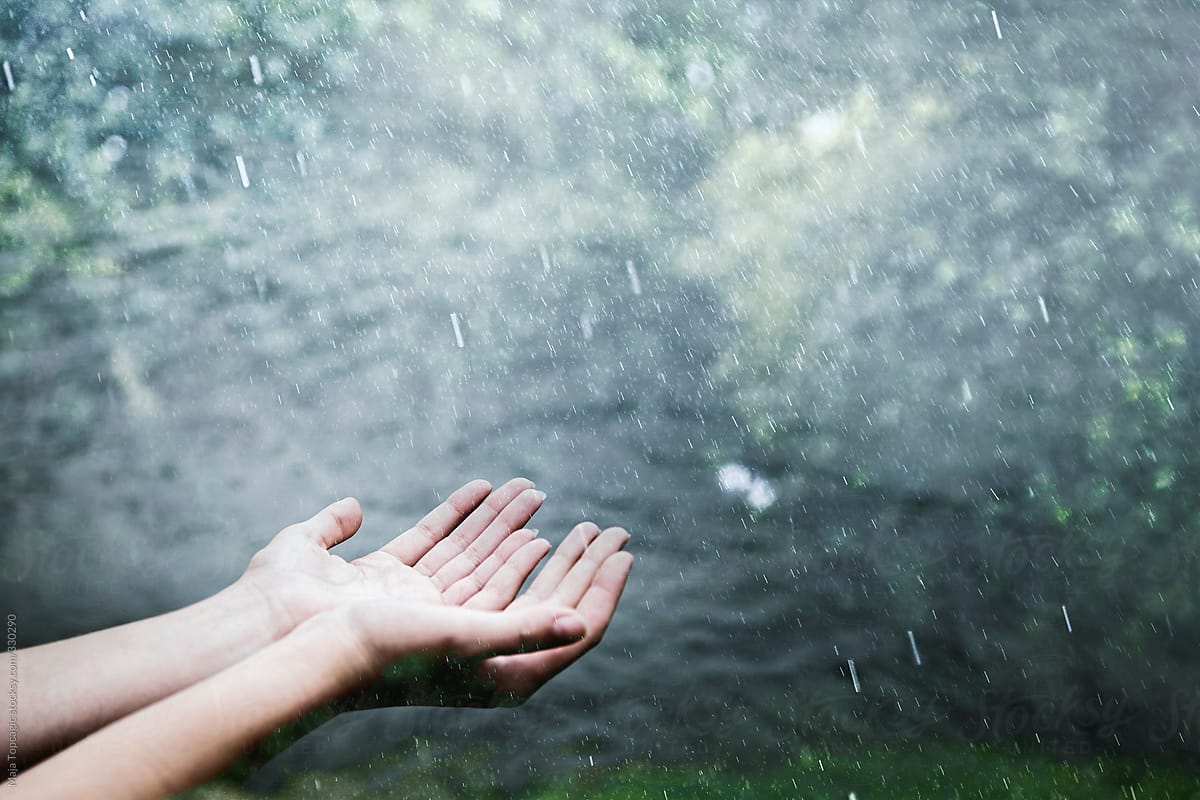
You might imagine that because rain falls freely from the sky that there would be no restrictions on its use. But there are at least 17 U.S. states that have some sort of state regulations that relate to harvesting rainwater. In some, the regulations go hand-in-hand with state incentive programs and/or state-specific technical resources. For example:
- In Washington State counties may reduce stormwater rates if building harvest rainwater.
- In California there are specific system requirements and landscapers must follow certain licensing criteria to be allowed to install rainwater harvesting systems.
- In Arkansas, rainwater harvesting systems may only be used for non-potable water and the system must be designed by a professional engineer licensed in Arkansas.
- In New Mexico there are quality standards for use of rainwater indoors but no requirements for outdoor use.
- In Texas there are strong incentives and all new state buildings must incorporate potable and non-potable rainwater harvesting systems in their design.
- In North Carolina and Georgia rainwater harvesting is allowed through the states’ plumbing codes.
- In Illinois it is regulated by state plumbing laws but may only be harvested for non-potable uses.
- In New York there are no state regulations, but there are some local country incentives.
- In Oregon rainwater may only be harvested from roof surfaces.
- In Nevada families are allowed to harvest rainwater from the roofs of single-family homes for non-potable use only.
In about 11 states there are no regulations at all. This means that it isn’t illegal, but there is also no state resources that encourage rainwater harvesting or share information to help people get started.
So, if you are keen to take the initiative and harvest rainwater for use in your home, you will need to be aware of state regulations, if any, and be sure to consult the right professional for assistance if required.
















